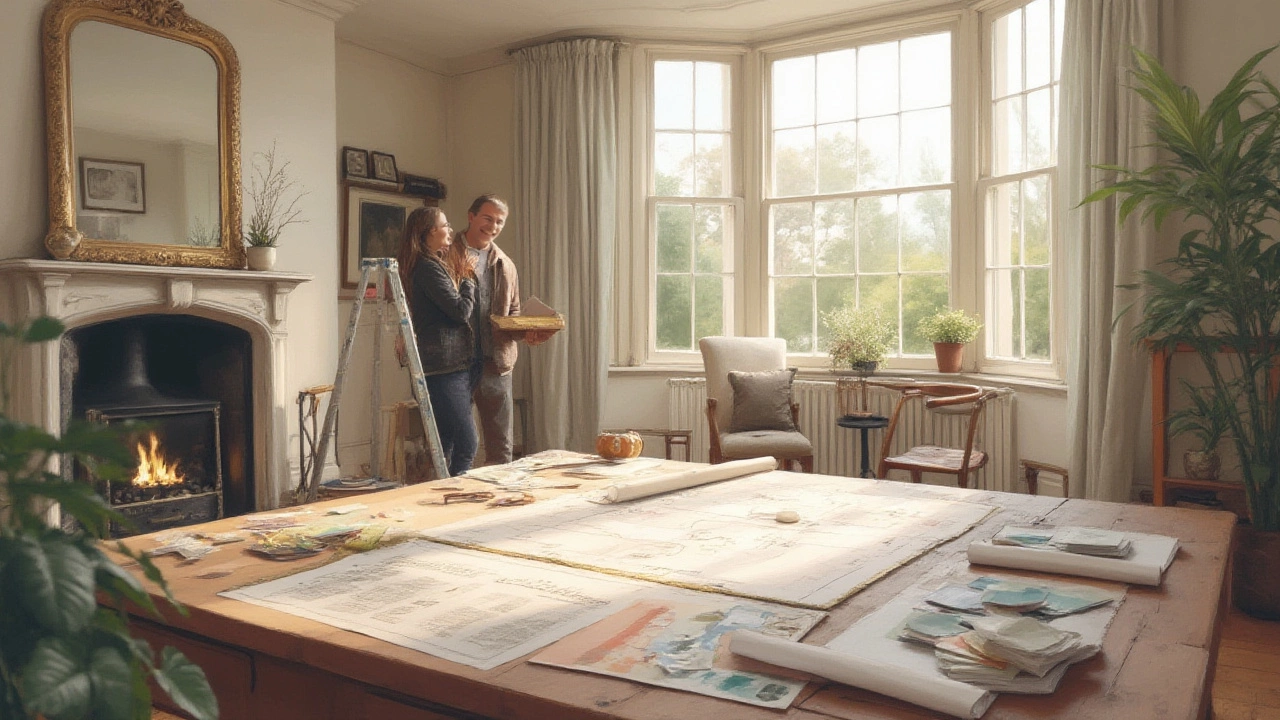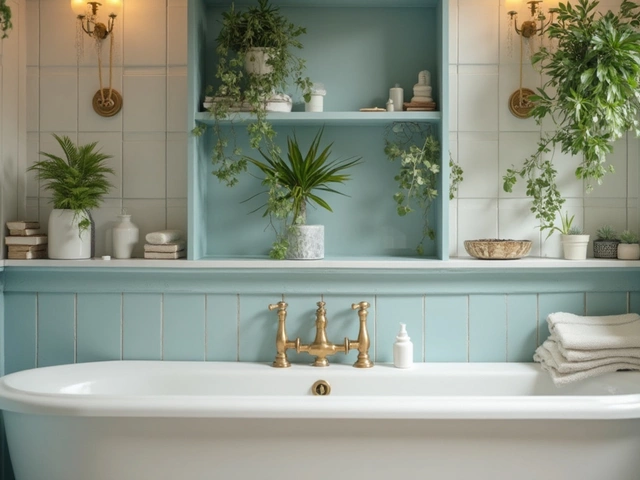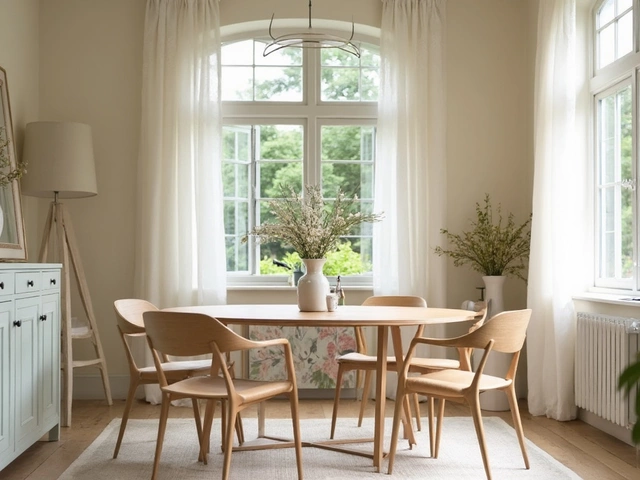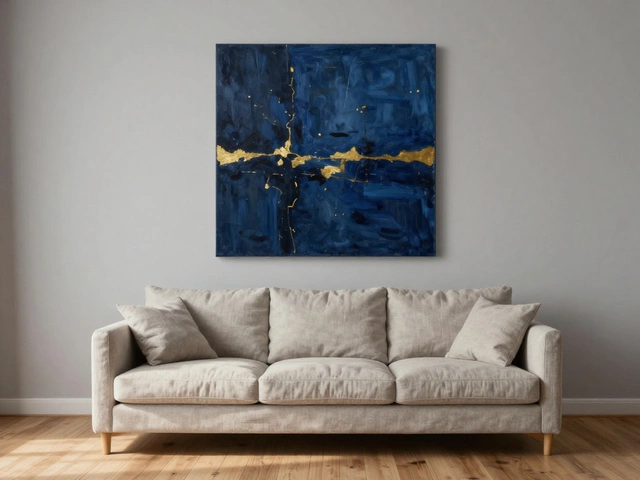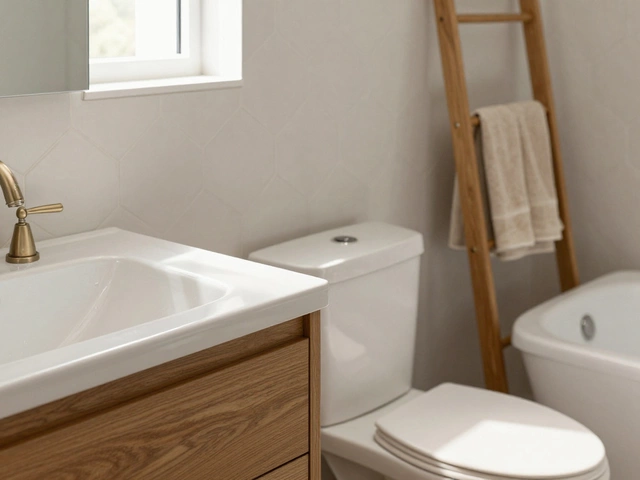Interior Design Steps: A Practical Guide for Every Room
Want to give your home a fresh look without hiring a pro? You don’t need a fancy degree—just a clear set of steps. Below you’ll find the exact process we use for everything from a modern living room to a cozy bathroom. Follow these steps, adapt them to your style, and watch your space come alive.
Step 1: Planning and Inspiration
Start with a quick brain dump. Grab a notebook or a phone app and write down what you love and what you want to change. Do you crave clean lines like in modern decor, or do you prefer a warm, layered look? Browse a few articles you already trust – for example, the "How to Start Interior Design" guide or the "Modern Decor Explained" post – to see which colors, materials, and layouts catch your eye.
Next, set a realistic budget. Knowing how much you can spend narrows down materials, furniture, and accessories. It also prevents the dreaded ‘I love everything’ trap. Once you have a budget, sketch a rough floor plan. You don’t need CAD; a simple hand‑drawn rectangle with measurements works fine. Mark doors, windows, and any built‑ins. This gives you a visual playground for arranging furniture later.
Step 2: Layout, Color, and Finishing Touches
With your plan in hand, focus on layout. Keep traffic flow in mind – people need space to move around comfortably. Arrange the biggest pieces first (sofa, dining table) and fill in with secondary items (side tables, rugs). If you’re unsure, try the 60‑30‑10 rule for color: 60% dominant shade (walls), 30% secondary hue (sofa, curtains), 10% accent (pillows, art). This simple formula creates harmony without overthinking.
Lighting is the secret weapon. Mix ambient (ceiling lights), task (desk or floor lamps), and accent (wall sconces or LED strips). A well‑lit room feels larger and more inviting. When choosing finishes, think of durability – especially for high‑traffic areas. The "Affordable Flooring Types" article can help you pick a floor that looks good and stands up to daily wear.
Finally, add personality with accessories. A few well‑chosen wall art pieces, a statement rug, or a quirky spaghetti chair can tie the whole look together. Remember the filler art tip: choose pieces that complement rather than compete with your main decor.
By following these interior design steps – plan, layout, colour, lighting, and accessories – you’ll create a cohesive look that feels both personal and polished. No need for a design degree, just a bit of curiosity and the right checklist. Happy decorating!

